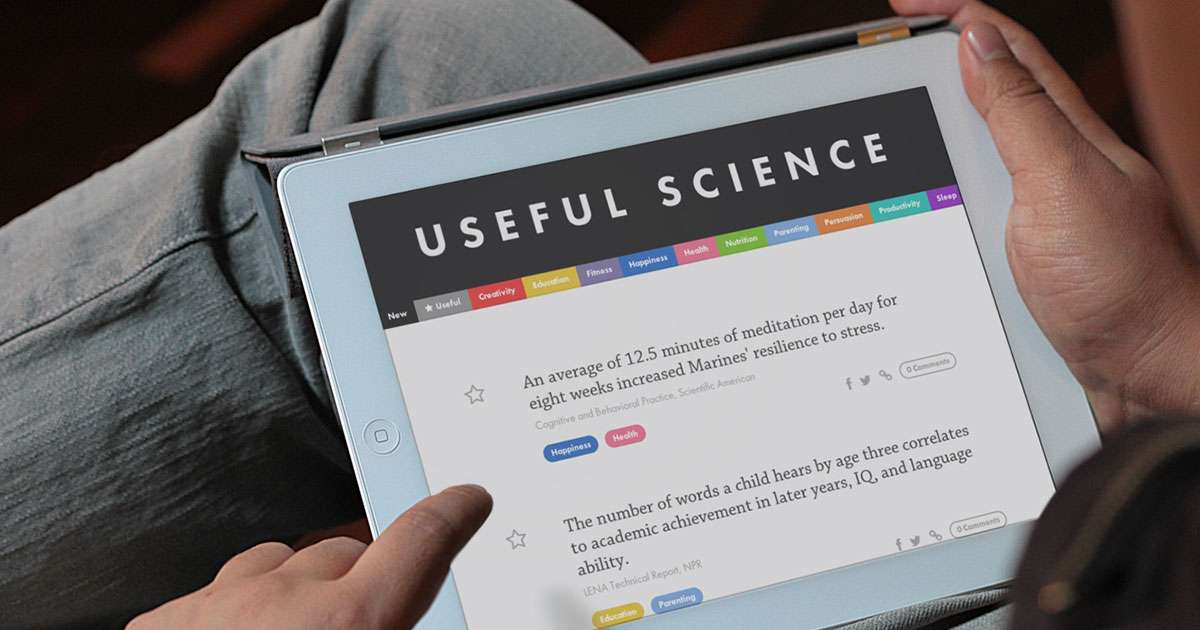Science communication today is like a game of broken telephone. Data generated in the laboratory quickly spreads from one social media site to the next until ionized alkaline water boosts energy levels and eating ginger cures cancer.
“We’ve had the Stone Age, we’ve had the Bronze Age, we’ve had the Iron Age, and now we have the Information Age,” said the Director of McGill’s Office for Science and Society Joe Schwarcz. “Sometimes my feeling is that our ability to produce data through scientific experimentation has outstripped our ability to interpret what that data means.”
This rising concern within the realm of scientific communication is no stranger to researchers. As information travels frantically on the Internet, the public’s ability to determine its value and reliability struggles to keep pace.
“We need a filter system to show people what is worth reading,” Schwarcz said. “And then there’s the second aspect, which is to interpret it for them because most people are not adept at reading the tough language in scientific journals.”
This is exactly what McGill BSc. Graduate and current PhD Physics student at Princeton University Jaan Altosaar hoped to do when he launched the website Useful Science in January 2014.
“One of the questions we asked was, ‘What would a website look like if every fact was cited?’” Altosaar said. “Science reporting is becoming more quantitative now, but there is still a lot of work to be done. We are trying to be really conscious of the [lack of sourcing in scientific websites]. I haven’t seen any websites that do that well, so we are kind of trying to fill that gap in science reporting.”
With its one-sentence summaries of the most recent scientific discoveries, the site threatens the most seductive of pseudoscience pages available on the Internet. By linking each sentence directly to the study it summarizes, Useful Science provides readers with a reliable source of information.
“We are trying to make it really accessible,” Altosaar explained. “When the New York Times cites something, you can’t just click a link to see the study.”
The website also boasts another kind of accessibility, which is its translation of the language of scientific experiments into meaningful changes people can make to their lives. Altosaar recognizes that one of the leading causes of miscommunication between the laboratory and social media is the complexity of papers published in journals, and the difficulty the public may have in interpreting these studies. Therefore, each 25-word sentence published on the website is aimed at anyone with a basic high school education.
“I like to think of contributing to Useful Science as using my superpowers for good,” said McGill Neuroscience PhD student and Useful Science writer Maryse Thomas. “My superpowers being the ability and patience to read and understand scientific articles.”
Currently, Useful Science is run by a group of 25 writers who aim to post collectively at least one summary each day. The site has received 77,000 visits to date, where the average duration of a visit is two and a half minutes. Considering most users spend less than a minute per website, Altosaar counts this as a huge success towards readers actually taking the time to learn something about science.
“I want to know what science can tell us,” Altosaar said. “I have always tried to live my life in a scientific way. I read studies and I try to apply it to my life. You know how in Montreal it’s really depressing in the winter? Well, I read studies about seasonal affective disorder, and I learned about one of those light therapy lamps. This all involved a lot of research personally, but there was no website I could use as a single resource for scientific discoveries. So this is something that I have been thinking about for years now.”
In many respects, the success of the Useful Science is no surprise. Its sentences are short and sweet, and they fit right in with the fast bursts of information we have become accustomed to in this Information Age. It’s a space that translates studies such as “Exploring the effects of ambient noise on creative cognition” into accessible blurbs like “The optimal noise level for carrying out abstract thinking and creative tasks is 70 dB, which is the average noise level of a coffee shop,” resembling a scientific cross between Reddit and Twitter.
“The real challenge is to take reputable scientific information, put it into short segments without trivializing it but making it digestible,” Schwarcz said. “And if you can add a bit of entertainment to it, even better.”
While Useful Science is currently non-profit, Altosaar is looking for funding opportunities so that the site can expand and in the future act as a solid resource that people could use to keep up with the latest discoveries in science.
For more on Useful Science, check out their tumblr: http://http://usefulscience.tumblr.com/, and twitter feed: https://twitter.com/usefulsci
Full disclosure: Maryse Thomas is a design editor at the McGill Tribune








